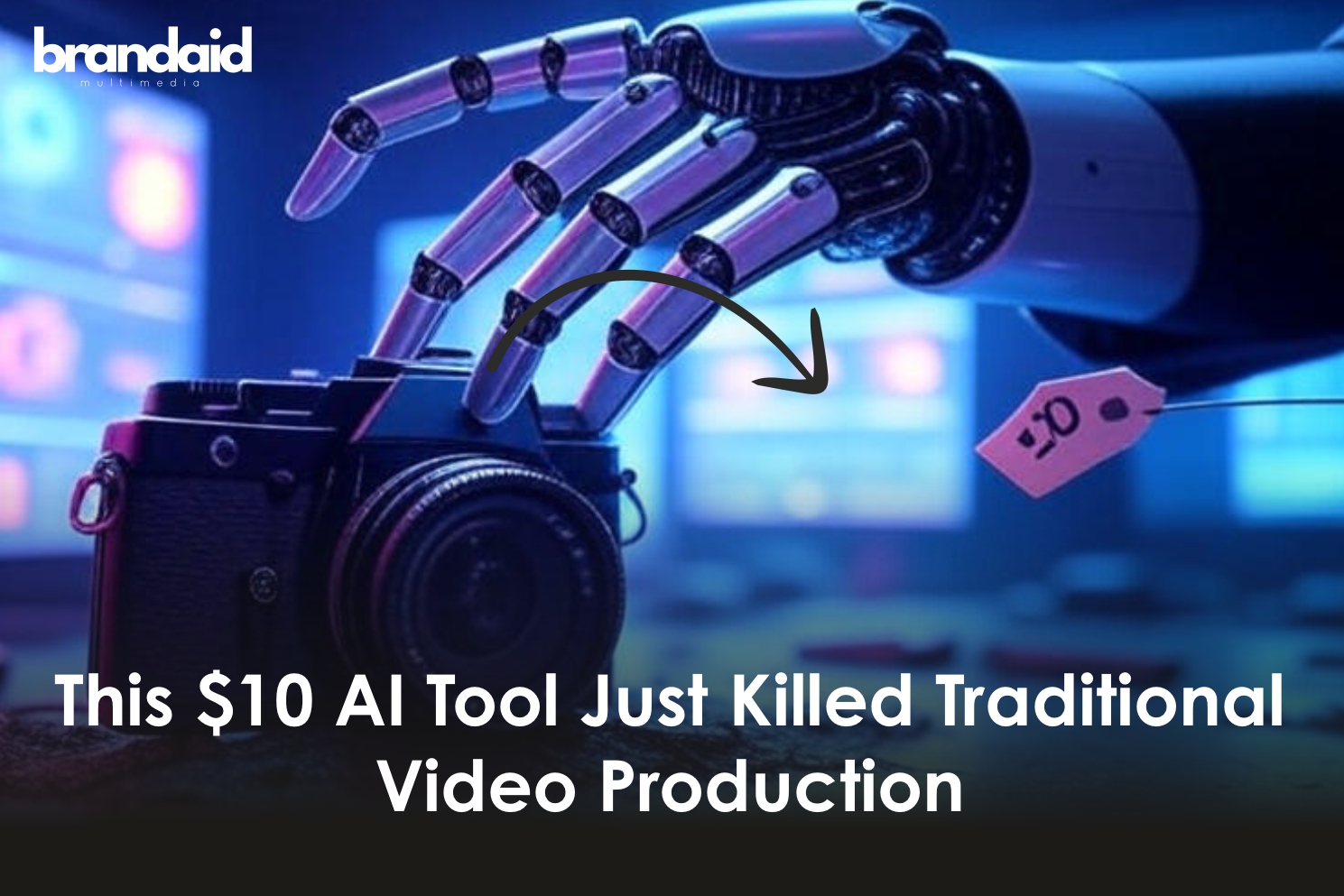You make a thousand decisions every day- what to eat, what to wear, which Instagram post to like, or whether to trust a sales pitch. But you don’t make every single choice logically. Because if you did, life would feel like an endless exam. So how do you make those decisions? If you look carefully, the decisions are taken almost automatically. These are called heuristics (or heuristic)- The mental shortcuts that simplify decision-making.
From choosing a brand of toothpaste to making million-dollar business calls, heuristics shape how we think, buy, and behave.
While these cognitive shortcuts help us navigate a complex world, they also make us prone to biases, marketing tricks, and irrational choices.
Brands, advertisers, and even politicians exploit these mental shortcuts to influence decisions, often without you even realizing it.
So, how do heuristics work? How do they impact consumer behavior?
And most importantly, how can you use them to your advantage in business, marketing, and everyday life?
Let’s dive deep into the psychology of heuristics and uncover their hidden power.
Introduction
What Exactly Are Heuristics?
Your brain is an efficiency machine.
It’s constantly bombarded with information, millions of bits per second-, but as said earlier, you don’t consciously process all of it.
Instead, your mind relies on heuristics, cognitive shortcuts that help you make quick decisions without overthinking.
So it’s basically like the “autopilot mode” of your brain.
Instead of weighing every option rationally, you make snap judgments based on patterns, past experiences, and instinct.
While this speeds up decision-making, it also introduces biases, leading you to choices that may not always be the most logical or optimal.
How Do Heuristics Work?
Heuristics operate on pattern recognition.
When faced with a decision, your brain scans for familiar instances and applies a rule of thumb. For example:
- You see a long line outside a restaurant. Your brain assumes the food must be great, so you decide to eat there.
- A product is priced at ₹999 instead of ₹1000. Your brain registers it as cheaper, even though the difference is minimal.
- You hear an authoritative voice in an ad. Your brain assumes the information must be credible.
These shortcuts aren’t just used for minor decisions.
They influence major life choices, from investments to relationships.
If you are a marketer, salesperson, or an advertiser, you should understand these tendencies and craft your messaging to align with how the brain naturally makes decisions.
(cuz that’s what successful brands do)
The Evolutionary Purpose of Heuristics
So we understood that heuristics are cognitive shortcuts that help you make quick decisions without overthinking.
But why do heuristics exist in the first place?
They evolved as survival mechanisms.
You see, early humans didn’t have time to analyze every situation in detail.
If something moved in the bushes, they didn’t stop to calculate probabilities.
They ran, assuming it was a predator.
This quick thinking often meant the difference between life and death.
Today, while the dangers are different, heuristics still help us navigate overwhelming choices in an increasingly complex world.
However, they also make us susceptible to cognitive biases, manipulation, and impulsive decisions.
So you must understand heuristics.
Because understanding heuristics is the first step in using it wisely rather than being controlled by them.
Types of Heuristics & How They Work
Your brain uses heuristics ALLL THE TIME!
And most of the times, you don’t realize it.
Here are the most common types of heuristics and how they influence everyday choices.
1. Availability Heuristic:
What’s Most Memorable Feels Most True
The availability heuristic makes you judge the likelihood of an event based on how easily you can recall similar examples.
If something is recent, vivid, or emotionally charged, your brain assumes it’s more common than it actually is.
Example:
If you hear about multiple plane crashes in the news, you might feel flying is extremely dangerous, even though statistically, it’s much safer than driving.
How It Works:
Your mind prioritizes easily accessible information over actual probabilities.
This is why sensational news stories often distort public perception.
2. Anchoring Heuristic
The First Number Sticks
When making decisions, your brain heavily relies on the first piece of information you encounter—this is called anchoring.
Even if the initial reference point is vague, random or casual, it still influences your judgment.
Example:
If a store first shows you a ₹5,000 jacket before revealing a ₹2,000 option, the second one seems like a bargain. (even if it’s still overpriced)
How It Works:
The first number sets an unconscious benchmark, and all future decisions are made relative to that number, even when it’s irrelevant.
3. Affect Heuristic
Letting Emotions Decide
The affect heuristic happens when your emotions override logic (whix=ch is the case with most of us)
If something makes you feel good or bad, you base your decision on that feeling rather than on objective analysis.
Example:
If you dislike a politician, you might assume all their policies are bad, even if some are actually beneficial.
How It Works:
Instead of evaluating facts, the brain takes emotional shortcuts.
This is why fear-based marketing (FOMO) and feel-good branding work so well.
4. Familiarity Heuristic
The Known Feels Safer
People prefer things they recognize over unfamiliar options, even when there’s no rational reason for it.
Example:
You’re more likely to trust a brand you’ve seen multiple times rather than a new one, even if both offer the same quality.
How It Works:
Repeated exposure creates a sense of trust and safety, which brands leverage through advertising.
5. Scarcity Heuristic
Rarity Equals Value
When you see that something is less, you automatically see it as more valuable.
Diamonds, Rolls Royce, limited edition phones etc…
Example:
“Limited stock” or “Only 3 seats left!” messages trigger urgency, making you act quickly.
How It Works:
Your brain associates scarcity with exclusivity and importance, pushing you to make impulse decisions.
Conclusion
Heuristics are powerful mental shortcuts that help you make quick decisions, but they don’t always lead to the right conclusions.
From the availability heuristic making rare events seem common to the anchoring heuristic influencing how you perceive value, these cognitive biases shape your everyday choices, often without you realizing it.
Understanding heuristics gives you an edge.
Whether you’re a marketer using the scarcity heuristic to drive urgency or a consumer resisting the affect heuristic in emotional purchases, recognizing these patterns can help you think more critically.
The key takeaway?
Your brain is wired for efficiency, not accuracy.
By questioning first impressions, challenging assumptions, and using data-driven thinking, you can make smarter decisions and avoid mental traps.
Now that you know how heuristics influence you, where have you seen them in action?
Let us know in the comments below





